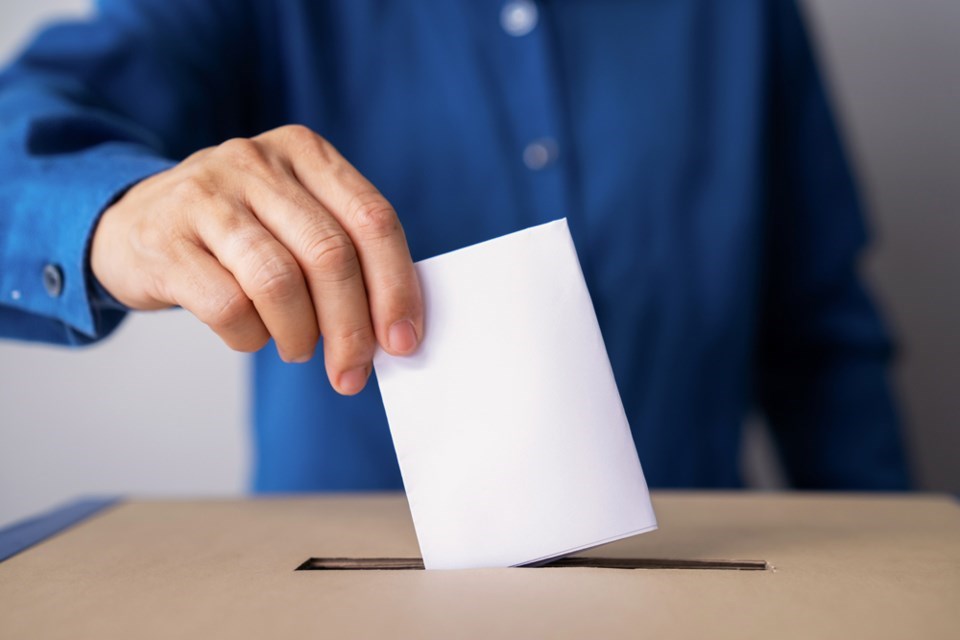The race to 48 has begun. Or, more precisely, the race to 47.
I’m referring to the number of ridings a political party has to win in order to form a majority government. There are 93 ridings (an increase of six from the 2020 election) and a simple majority is 47 but since someone must be the Speaker, a workable majority requires at least 48 seats.
If one assumes the B.C. Conservative Party will inherit most (but certainly not all) of the B.C. Liberal voting base and that the NDP will hold on to its core support, each party will appear to have a firm grip on roughly 30 to 35 seats each.
The B.C. Conservatives are strongest in the Interior and the Fraser Valley while the NDP’s strength is in Metro Vancouver and most of Vancouver Island.
That means about 25 to 30 seats or so will be in play, and most of them are in the suburbs of Metro Vancouver.
Here is a scorecard of which ones to keep a close eye on:
Surrey
- 10 seats (one more than 2020)
The NDP is strongest in the north, while the Conservatives are strongest in the south. Two key ridings are in the middle: Cloverdale (won by the NDP for the first time in 2020) and the new riding of Serpentine.
Langley
- Three seats (one more than 2020)
The NDP won the two Langley seats for the very first time in 2020. The area has become attractive to more younger families who can’t afford to live closer to Vancouver, making it a potentially friendlier area for the NDP.
Maple Ridge/Mission
Just two seats, both won by the NDP in the last several elections. But historically the election results are usually razor thin.
Richmond
The NDP won here for the first time since 1972, winning three of four seats. Richmond-Queensborough is the strongest Richmond riding, with Steveston close behind.
Tri-Cities
The NDP currently all four ridings, but the B.C. Liberals used to win two of them — Burke Mountain and Port Moody — with comfortable margins. The Conservatives will be looking to snatch them back into their fold.
North Vancouver
Just two seats, but in a close race they could prove to be vitally important to either party. The NDP won Lonsdale for the first time in years in 2017 and improved its grip on the riding in 2020, and it won in Seymour for the first time ever four years ago.
The parties will duke it out in other areas of the province — the Conservatives hope to gain some Island seats (Courtenay-Comox and North Island seem the weakest NDP seats), while the NDP is hoping to grab at least one Interior riding (Fraser-Nicola) and another Vancouver seat (Langara).
The NDP won 57 seats in 2020 and three of the new ridings are in their fortresses of Vancouver, Burnaby and the Capital region which means they can lose a dozen or so ridings and still hold power.
The campaign has just begun and while it seems like a tight contest right now, things can change quickly.
We will know on the evening of Oct. 19 which of these two main parties get to 48 (or 47) seats, or whether both fall short as they did in 2017.
It’s going to be a doozy.
Keith Baldrey is chief political reporter for Global BC.




